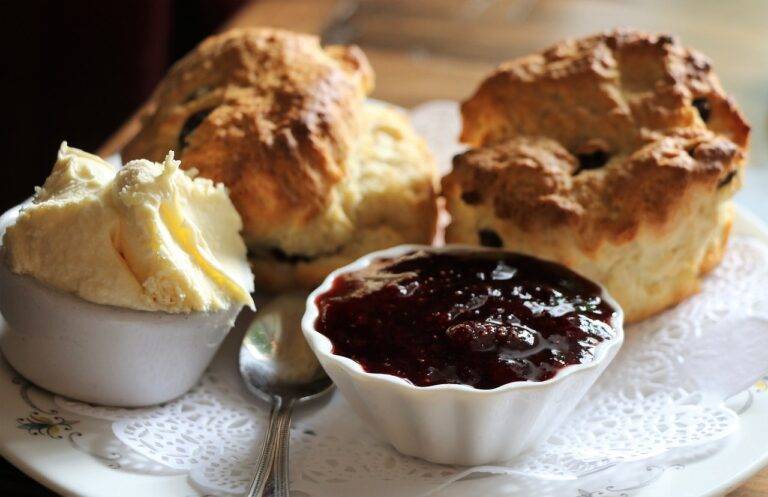The Art of Baking: Science, Skill, and Sweet Treats
a culinary art that combines precision and creativity in equal measure. The science behind baking involves a delicate balance of ingredients, techniques, and temperatures to achieve the perfect texture, flavor, and structure in baked goods. Understanding the chemical reactions that take place during the baking process is key to achieving consistent results every time.
When ingredients such as flour, sugar, fats, leavening agents, and liquids are mixed together, they interact in complex ways to create the desired end product. For example, when flour is combined with water and mixed, gluten proteins form and provide structure to baked goods. Leavening agents like baking powder or yeast produce carbon dioxide gas, which helps dough rise and become light and fluffy. Temperature control is crucial in baking, as it affects the rate of chemical reactions and can determine the final texture and taste of the finished product.
Understanding Ingredients and their Functions
Baking is a delicate science where each ingredient plays a crucial role in determining the final outcome of a recipe. Flour, for example, provides structure and stability to baked goods due to its protein content, while sugar not only adds sweetness but also helps in tenderizing the crumb through its ability to retain moisture. Fats, like butter or oil, contribute to the richness and moisture of the baked item, creating a desirable texture.
In addition to these key ingredients, leavening agents such as baking powder or yeast are essential in giving baked goods their light and airy texture by producing carbon dioxide gas that expands the dough or batter. Eggs act as binders, emulsifiers, and leavening agents depending on how they are used in a recipe, adding structure, moisture, and richness to the final product. Understanding the functions of each ingredient is crucial for successful baking, as it allows for adjustments and substitutions that can greatly impact the overall quality of the finished treat.
What role do flour and other dry ingredients play in baking?
Flour and other dry ingredients provide structure and stability to baked goods. They also help absorb moisture and contribute to the texture of the final product.
Why is it important to understand the functions of ingredients in baking?
Understanding the functions of ingredients in baking allows you to make substitutions, adjustments, and modifications to recipes with confidence. It also helps you troubleshoot issues that may arise during baking.
How can I learn more about the science behind baking and ingredient functions?
There are many resources available, including books, online articles, and cooking classes that can help you deepen your understanding of the science behind baking and the functions of different ingredients.
What are some common ingredients used in baking and their functions?
Some common ingredients used in baking include flour (for structure), sugar (for sweetness and moisture retention), eggs (for binding and leavening), and leavening agents like baking powder and baking soda (for creating rise).
Can I experiment with different ingredients in my baking recipes?
Yes, you can experiment with different ingredients in your baking recipes, but it’s important to understand how each ingredient functions and how it may affect the final outcome of your baked goods. Start with small substitutions and adjustments to see how they impact the recipe.





